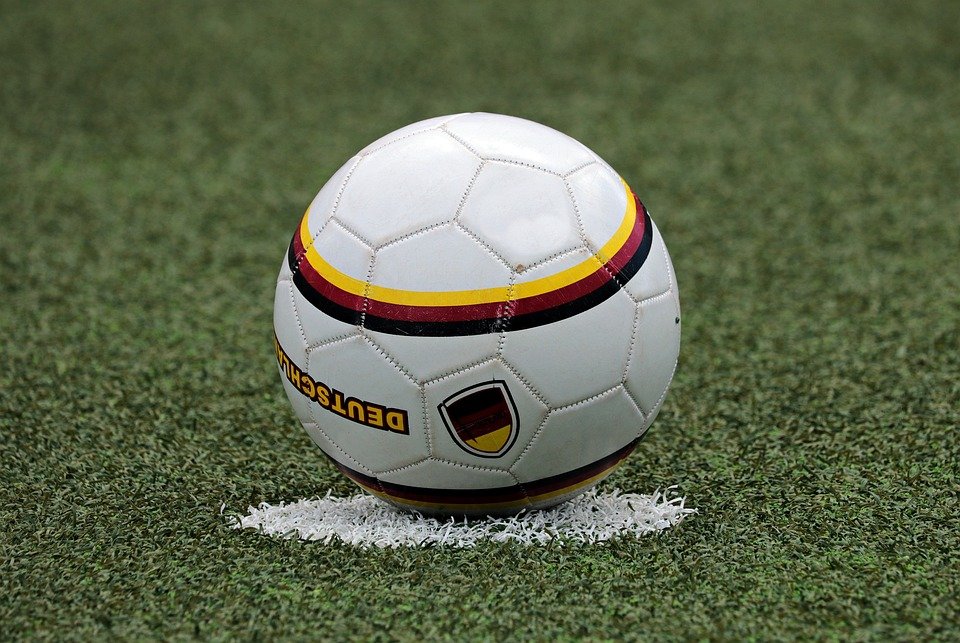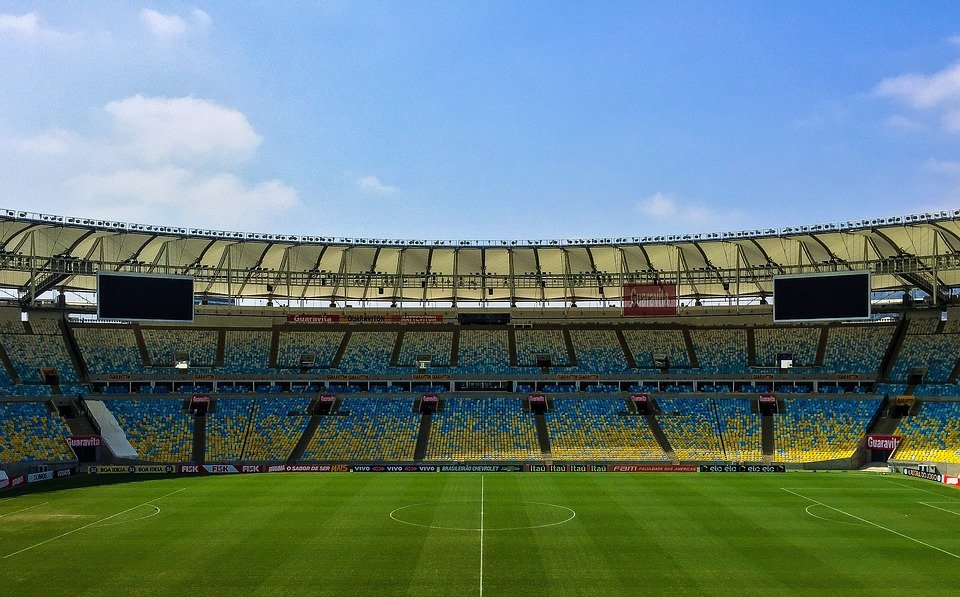Interesting facts about football stadiums

Since football is probably the most popular football game in the world, some might think that all the rules and regulations of this sport have been formed and known from the beginning, or at least that there will be some specific rules, universally accepted and enforced. In part, this is true, because when it comes to terms such as out, goal kick, foul, etc., we all understand exactly the same thing. However, there are interesting details when it comes to the length and size of the field.
The size of the field, when football was first introduced, was not specified, and even the layout could be different even within the same country, meaning in practice one person could play on an 80-yard field and another person on the 100-yard field. This fact was not only strange, but also unfair to the players, so the first English Football Association, founded by the British in the nineteenth century, provided the first guidelines for the appropriate length, and years later FIFA set the rules and they are currently in place.
Yet though the current rules allow for some sort of variation when it comes to size: the field must be rectangular (this rule cannot change and does not underlie any kind of variation), the length cannot be less than 100 yards (90 metres), no more than 130 (120 metres) wide and cannot be less than 50 (45 metres), and no more than 100 yards (90 metres). For international games, this is a little more limited: the length can be neither more than 120 yards (110 m) nor less than 110 yards (100 m), and the width neither more than 80 yards (75 m) nor less than 70 yards (64 m).
In any case, the length must always exceed the width. In modern football though hardly anyone can see such large differences so almost all fields are roughly the same size without reaching the suggested maximum allowed. Despite this, the volume should be reduced when it comes to women’s football or in stadiums intended for players under the age of 16 or people with disabilities.
Except for the size of the outside lines, there are rules that apply to the inside lines of a soccer field as well. According to these, the field is separated by a center line, which is exactly the same distance from each end of the show. There is always a circle in the middle of this line and it must be 10 yards in diameter.
The goalposts are placed in the middle of the width of each court and shall be 24 feet wide by 8 feet high and enclosed in two rectangular boxes: the larger square is called the penalty box since every foul in this area results in a penalty, is 18 yards wide and 44 long.
The small box, called the protection zone, is 6 yards wide and long. Another interesting rule about the size of the inner field lines is that near the corner ends there is a flag in a circle 1 yard (0.914 m) in diameter – this is where the corner kick takes place.
There is a lot of research and analysis about the length of the football field. Most of them converge at the point where larger fields are better suited to players with better stamina and those who tend to kick the ball forward and sprint, making it difficult for defenders, while smaller ones allow for more touches and more fun (which is why recreational, not professional, fields are usually smaller).
In a larger field players have to run more which may affect their play as they can easily get damaged and end up playing with long kicks and making the game boring and decadent. Longer and larger pitches require better coordination and coverage between the lines from teams, otherwise opponents have a better chance of organizing their game and getting into the goalposts to become dangerous.




